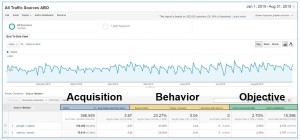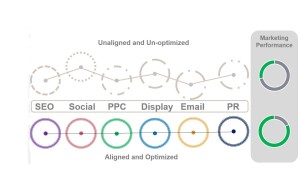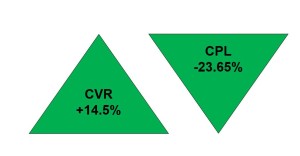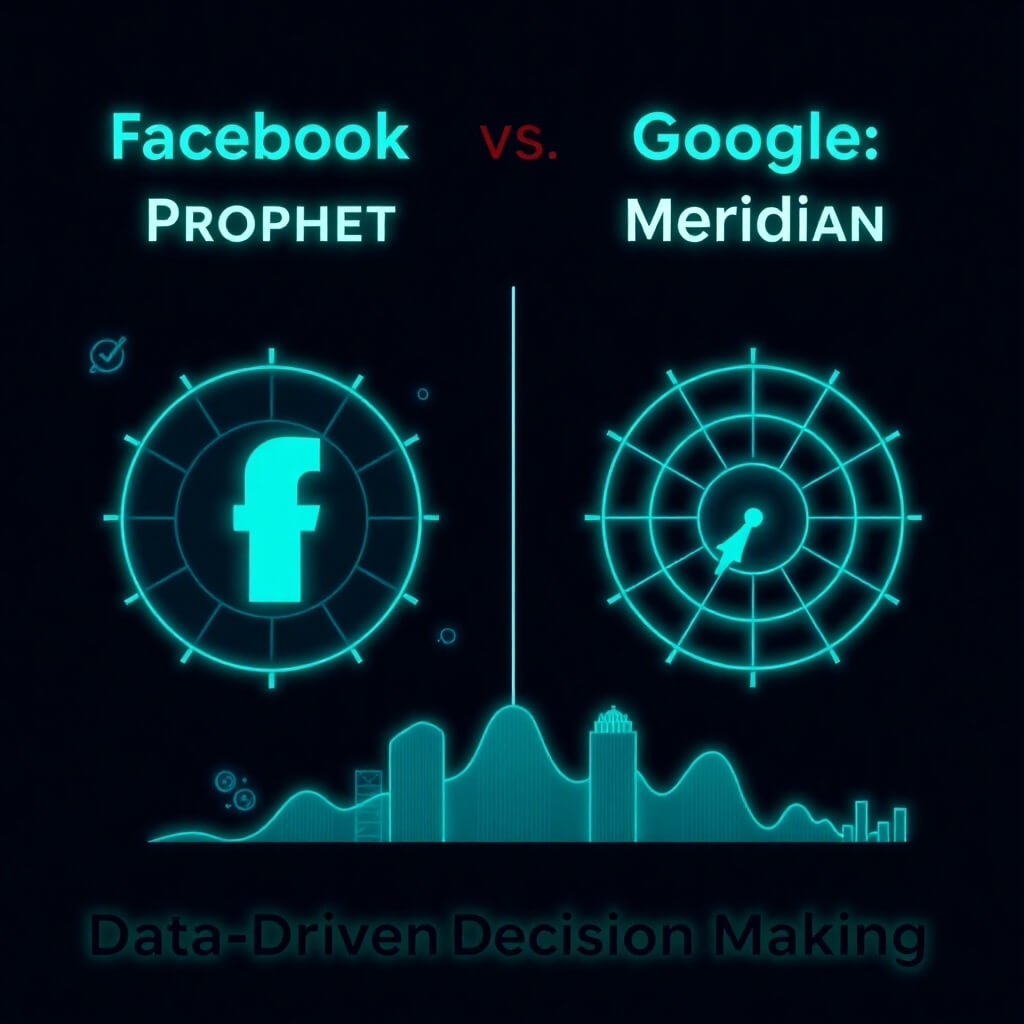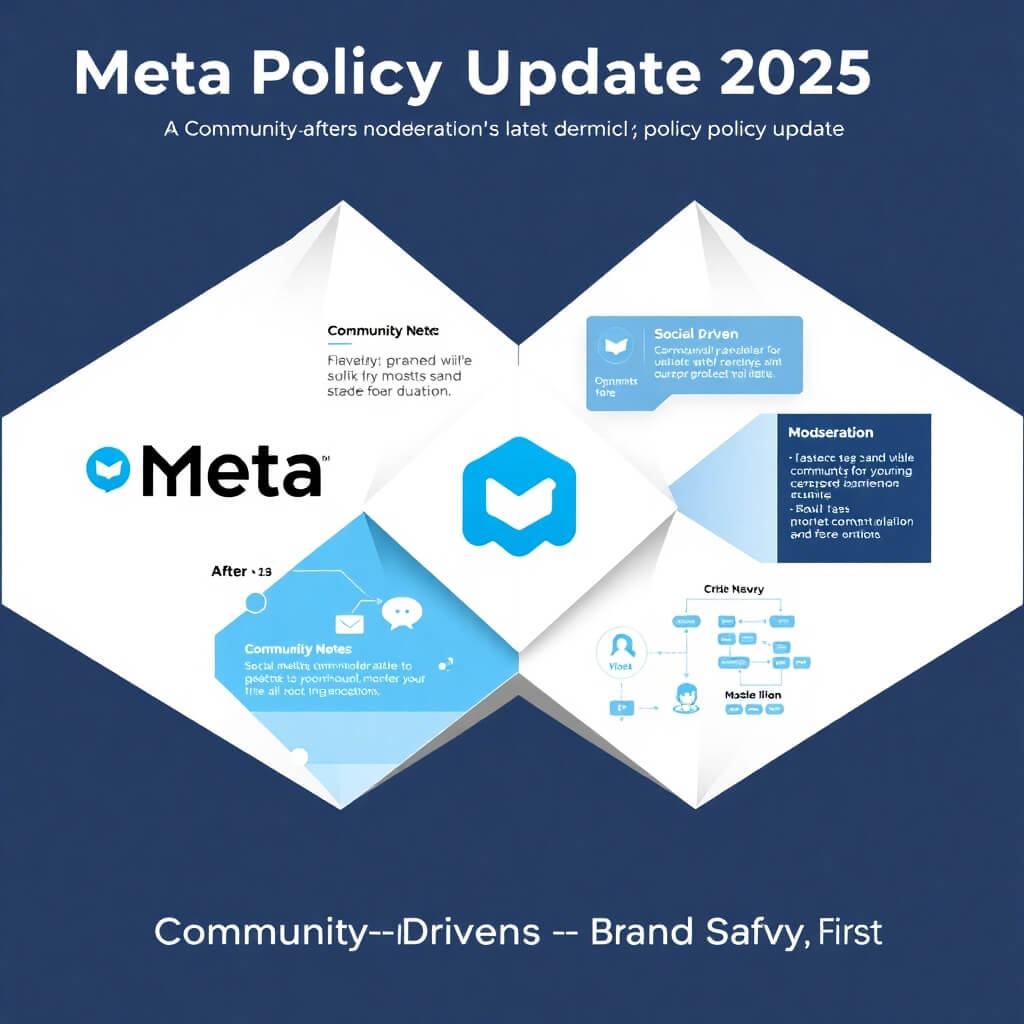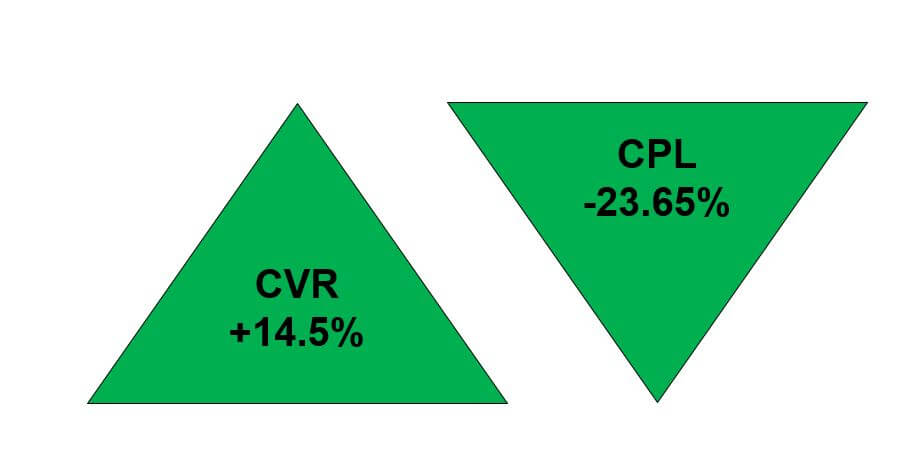
Unlike Tim Horton — who is now best known for his coffee as opposed to his skating skills, even though he played as a defenseman for 24 seasons in the National Hockey League — Bobby ORR, who played 10 seasons (and is also Canadian, but has no coffee franchise) is known as a hockey legend and an iconic Boston Bruins “brand.”
When it comes to the brand embrace, why Bobby ORR as an optimization moniker? ORR for me stands as an acronym for Observation, Recommendation, Results. In order to optimize your SEO, Paid Search, Social Media, or Paid Media campaigns, you need to observe the data and dig deep to find those nuggets of insight.
Recommendation sets based off those observations are what influence and guide the next steps in honing your campaigns results, no matter the marketing channel. Finally, you have results. Did your insights add value to the campaign through your optimization tactics saving either time or money through sets of efficiency identified in your analytical review?
Observations:
Some simple statistical methods are descriptive in nature and do not require many data points or multiple observations. They rely on generalizations of results instead of statistical criteria.
When digging deeper, using more advanced analytical methods, you will need larger amounts of data points (Sample Size Planning) with a difference in the means requiring you to add a standard deviation for margins of error.
The number of variables is important to recognize as your number of dimensions in a multivariate analysis require more data points. Length of history adds value in discovering trends, seasonal cycles, or other patterns when forecasting. The example below is of an ABO report or Acquisition, Behavior, and Objective (Bobby ORR Hat Trick of Analytic’s)
In this custom Google Analytic’s ABO report showing Acquisition with number of visits, you can add either an advanced segment or second dimension to understand the difference in Acquisition between paid search, social, organic traffic or landing page performance as it relates to the marketing channel the user came from.
Behavior as described by bounce rates and pages viewed describes content consumption adding insight into the value proposition for those pages for unique users. Understanding how users behave consuming content on your site and which channels are driving the highest value of behavior is key to your content marketing strategies.
Lastly, we have the Objective which basically boils down to what do you want the user to do. In B2B lead generation, the objective is usually a form fill or phone call to capture the user’s name, address, phone number, at a minimum. A B2C objective might be tracking sales and SKU’s. Understanding conversion rates for any of these objectives or outcomes is key to understanding channel optimization through Landing Pages, CTAs, user flow and funnel optimization.
Recommendations:
Finding the most direct route to the insight nuggets is key in generating useful recommendation sets for your clients. Improving data connections and sources of information to make informed decisions and recommendations that add value are a complex landscape when it comes to the sheer volume of data sets available from digital marketing channels.
Recommendations are optimization plans and strategies that manifest themselves as actionable insights.
The most useful reports are a matter of the type of site and overall site objective taking into account device types, marketing channels, time of day, day of week, content consumption and so on. Traffic to Performance is one of the most important metrics to measure. Lose the hosers and stick with the winners!
Results:
Showing your work is great, but showing your results is even better. Results will often speak for themselves. However, some subtext on what the results mean overall and potentially will mean in the future from a predictive analytic standpoint are useful throughout any organization.
.
Optimization results after identifying and recommending changes are evolutionary and should take on a success metric mapping with discrepancies along the data path (more than a data deke, a data dangle) reviewed for further optimization opportunities.
Remember, your recommendations and optimizations are creating value, a competitive advantage, and productivity gains for your clients. Decision support to uncover valuable insights is the responsibility of the organization at large. Using the Bobby ORR methodology brings you and your stakeholders closer to refining and optimizing your marketing business models.




